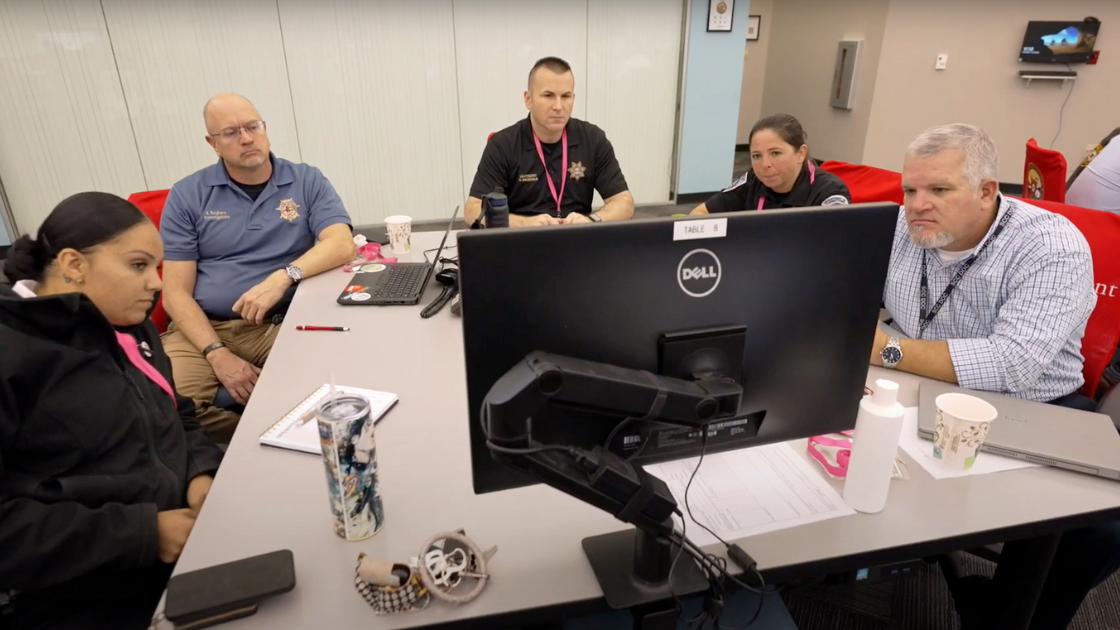In recent years, body-worn cameras have become increasingly prevalent within the law enforcement community. And while camera hardware itself represents an important development in modern policing, it is the less heralded tech ecosystem around it that is transforming what departments can deliver for officers and citizens alike.
Police departments can now assemble powerful virtual command centers with Digital Evidence Management (DEM) tools built right in. The result? They can respond more quickly and effectively to urgent situations while offering communities the high levels of transparency they have long sought.
Embracing Digital Evidence Management Technology
Why should law enforcement go all-in on DEM technology? Because it can help officers do their jobs more effectively and help command staff gather evidence more cohesively. One big driver of other benefits is automation. It can make life easier for department members, regardless of their level of technological know-how.
“When it comes to DEM systems or platforms,” says Utility product manager Susan Smith, “it’s really important for the system to be able to automate wherever possible. Some people in the department may be tech-savvy while some are not. We’re talking about a wide range of people from an evidence tech to a sergeant, a lieutenant or a detective. Finding ways to use AI-driven tools to automate, get information into the platform and create an intuitiveness is huge.”
Some officers have been hesitant to accept body-worn cameras and the tech that accompanies them. Some see it as an annoyance or, worse still, a “big brother”-like intrusion. “The department needs to trust that their command staff is not putting them in a situation where they are set up to fail,” says Smith.
It’s crucial for command staff to assure officers that these tech solutions are a good thing, according to Smith. “It’s about ensuring that we bring clarity to the work you’re doing so you can get the bad guys off the street. And it’s about providing safety so that you come home to your family every night.”
The Components of a DEM Command Center
Police body cameras are a critical recorder of unimpeachable video data. But they are only the beginning, a gateway to a vast data ecosystem of technology in law enforcement that can keep communities safer and agencies more accountable to the truth. Smith says that, when law enforcement agencies take the time to build a true DEM virtual command center, good things happen. Departments can:
- Automate numerous tasks that increase speed and accuracy for officers and command staff.
- Pull in video from multiple sources–e.g., officer-worn cameras or those uploaded by outside sources–and manage it all in one place. “By unlocking citizen and crowdsource engagement capabilities within the platform,” Smith says, “they can strengthen bonds between detectives and community members or publicize a case to identify other potential evidence sources.”
- View scenes in real time, visualizing and contextualizing them on a map as they unfold. And they can create action zones with tactical white-boarding to help command staffwork out how to approach a high-priority situation, sharing out orders through the systemto officers’ body-worn cameras or to “feet on the street.”
- Safely store data and set permission levels with clear access, ensuring that only those who need to see a video will see it. “If someone is command staff,” Smith says,“they might have a very high permission level within the system. That way, they can view any and all videos whether they are brought in from a body camera system, from in-car video or from an outside source. They’ll also need access to video from things like Automatic License Plate Readers (ALPR).”
- Leverage geofencing capability so command staff can swiftly and accurately answer to City leaders or community leaders. “Law enforcement frequently hears from citizens who ask ‘What are you doing to help us?,” Smith says. “Or people may claim, ‘We never see anyone patrolling in this area.’ Command staff back at HQ can set up geofences to track officers that go in and out of an identified zone. They can now tell that citizen, “We were in your neighborhood X number of times over the last X days between the hours of X and X.” It offers statistical data that reassures people you are out there doing the job you’ve been asked to do.
Digital Evidence Management System by Utility
POLARIS by Utility™ is a powerful, all-in-one evidence management system that sets a new standard for tracking and backing up the truth in an increasingly complex world. Contact us to learn more about how Digital Evidence Management tools can help your department bring new levels of truth and transparency to your work.







